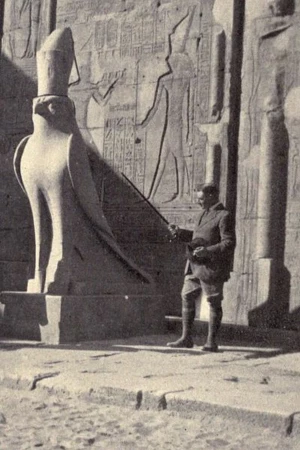Biography
(No Information)
Filmography
all 1
Movies 1
Writer 1
Writer

Her Heritage (1919)
Movie
Information
Known ForWriting
GenderMale
Birthday1880-11-20
Deathday1934-01-02 (53 years old)
Birth NameArthur Edward Pearse Brome Weigall
Birth PlaceSaint Helier, Jersey
CitizenshipsUnited Kingdom
This article uses material from Wikipedia.
Last updated:
 Arthur Weigall
Arthur Weigall- Filmography
- Information